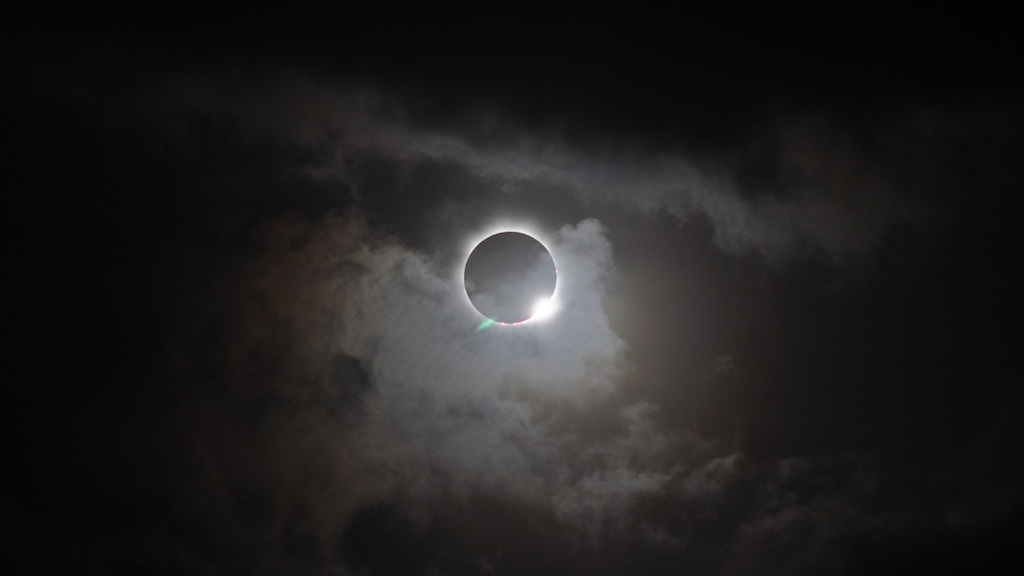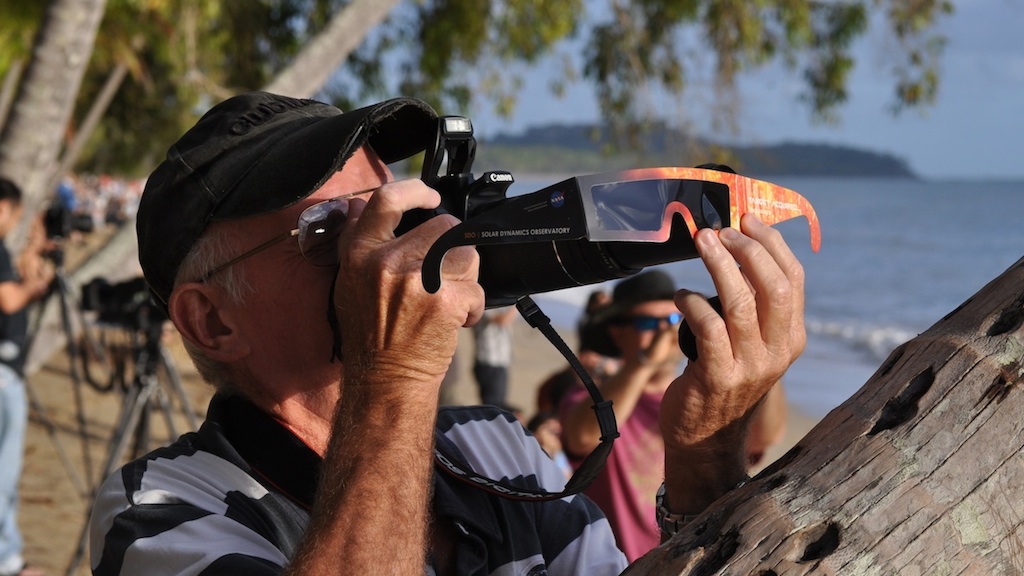Sun
ID: 11128

Observers throughout a narrow corridor across the South Pacific and northern Australia were treated to a total solar eclipse on November 13, 2012. Seen from Earth, an eclipse offers a chance to observe the dim structures around the edges of the sun that make up its atmosphere, known as the corona. The bright light of the sun typically obscures any Earth-bound view of the corona, which scientists study because it is the origin of solar flares and expulsions of solar material called coronal mass ejections. No NASA spacecraft was aligned to observe the eclipse at the same time as it was seen from Earth, but the JAXA/NASA Hinode mission did observe two eclipses that day. The first eclipse was total. During the second, the moon skimmed the left limb of the sun for a partial eclipse. The videos show the two eclipses observed by Hinode and a view of the eclipse seen from the ground in Australia.


Blackout



For More Information
Story Credits
Video Editor:
Genna Duberstein (USRA)
Producer:
Genna Duberstein (USRA)
Lead Writer:
Karen Fox (ADNET Systems, Inc.)
Genna Duberstein (USRA)
Producer:
Genna Duberstein (USRA)
Lead Writer:
Karen Fox (ADNET Systems, Inc.)
Please give credit for this item to:
NASA's Goddard Space Flight Center
Hinode video courtesy of JAXA/NASA/SAO
Eclipse video courtesy of Jonathan Cirtain
Photos courtesy of Romeo Durscher
NASA's Goddard Space Flight Center
Hinode video courtesy of JAXA/NASA/SAO
Eclipse video courtesy of Jonathan Cirtain
Photos courtesy of Romeo Durscher
Short URL to share this page:
https://svs.gsfc.nasa.gov/11128
Keywords:
SVS >> App
NASA Science >> Sun
https://svs.gsfc.nasa.gov/11128
Keywords:
SVS >> App
NASA Science >> Sun







